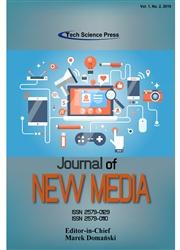A Survey on Digital Image Copy-Move Forgery Localization Using Passive Techniques
引用次数: 5
Abstract
Digital images can be tampered easily with simple image editing software tools. Therefore, image forensic investigation on the authenticity of digital images’ content is increasingly important. Copy-move is one of the most common types of image forgeries. Thus, an overview of the traditional and the recent copy-move forgery localization methods using passive techniques is presented in this paper. These methods are classified into three types: block-based methods, keypoint-based methods, and deep learning-based methods. In addition, the strengths and weaknesses of these methods are compared and analyzed in robustness and computational cost. Finally, further research directions are discussed.基于被动技术的数字图像复制-移动伪造定位研究进展
数字图像可以很容易地篡改简单的图像编辑软件工具。因此,对数字图像内容真实性的图像取证调查显得越来越重要。复制移动是最常见的图像伪造类型之一。因此,本文概述了传统的和最近使用被动技术的复制-移动伪造定位方法。这些方法分为三类:基于块的方法、基于关键点的方法和基于深度学习的方法。此外,还比较分析了这些方法在鲁棒性和计算成本方面的优缺点。最后,对今后的研究方向进行了展望。
本文章由计算机程序翻译,如有差异,请以英文原文为准。
求助全文
约1分钟内获得全文
求助全文

 求助内容:
求助内容: 应助结果提醒方式:
应助结果提醒方式:


